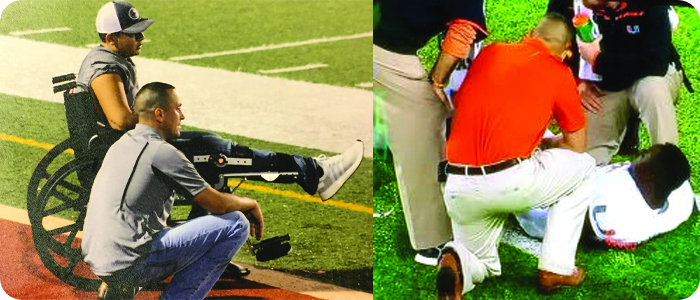Getting You on the Road to Recovery.
South Texas Orthopedic Specialists' expert staff, state-of-the-art facilities, and comprehensive diagnostic and treatment techniques offer patients complete orthopedic care. We offer comprehensive orthopedic services with excellent surgical outcomes to get you back to your active lifestyle.


